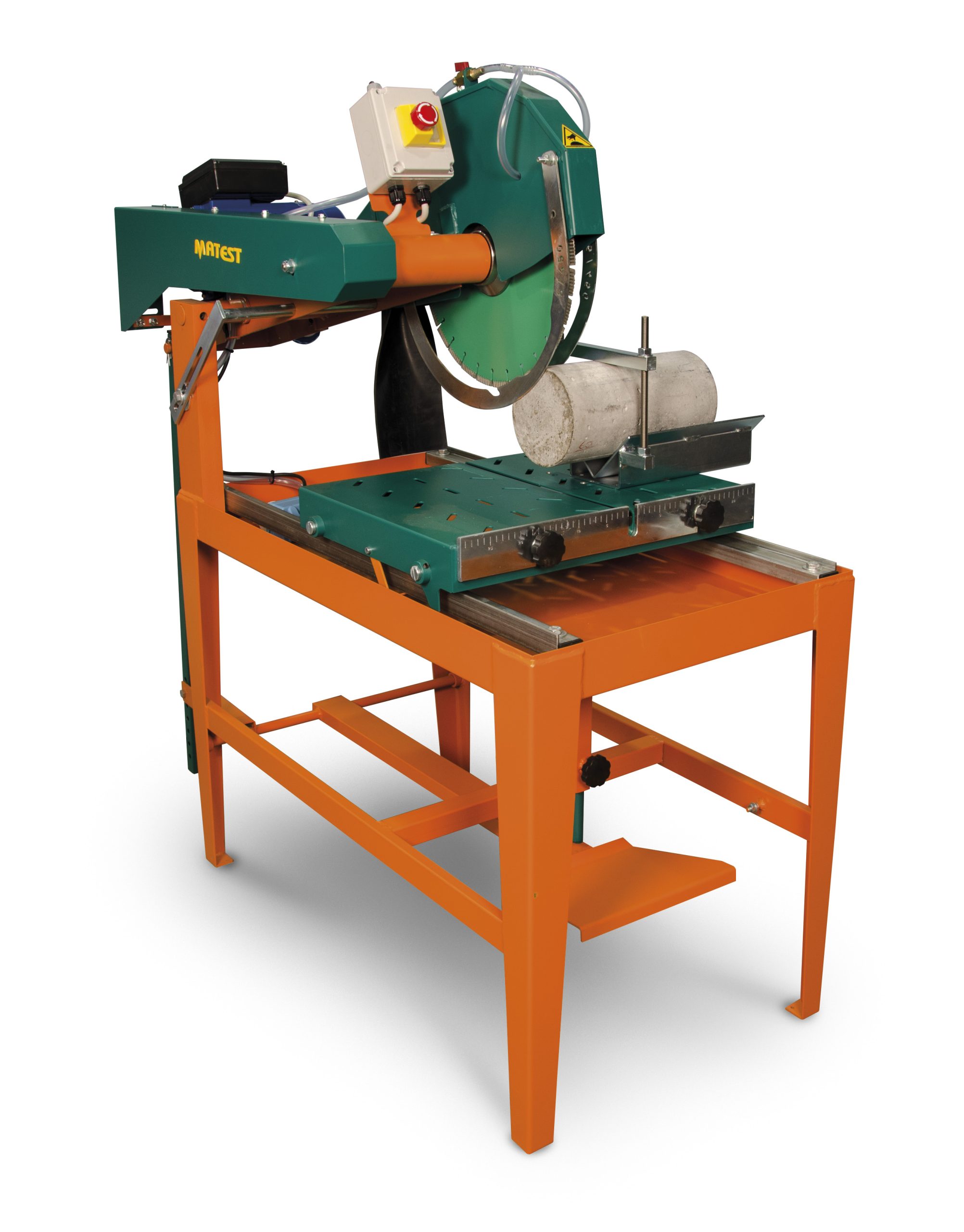Introduction
In modern fabrication, precision is the foundation of success. Industries that depend on steel projects require reliable solutions to ensure accuracy and consistency. At the center of this process is Cutting equipment, which provides the precision necessary to deliver high-quality results. By combining advanced technology with dependable performance, cutting equipment supports industries in achieving excellence across all steel fabrication services.
Why Cutting Equipment Is Key to Precision
Precision is not optional in steel fabrication—it is a requirement. Every component must meet strict standards to ensure durability and performance. Advanced cutting equipment allows fabricators to achieve exact dimensions, reducing the risk of costly errors. With clean edges and accurate cuts, cutting equipment ensures that steel projects are completed with the highest level of detail and quality.
Benefits of Advanced Cutting Equipment in Precision Services
Modern cutting equipment offers multiple advantages for delivering precise steel services. First, it ensures consistency, allowing industries to produce identical parts repeatedly. Second, reliable cutting equipment reduces waste by optimizing material usage. Third, advanced systems improve productivity, enabling faster project completion without compromising quality. These benefits make cutting equipment essential for precision-driven fabrication.
Types of Cutting Equipment for Precision Steel Services
Different projects require specific solutions, and a variety of cutting equipment is used in precision fabrication. Plasma cutters are highly effective for thick materials, while laser cutters excel at intricate designs and fine details. CNC-controlled cutting equipment ensures repeatable accuracy, making it ideal for high-volume production. Each type of cutting equipment is designed to meet unique project needs with precision.
How Cutting Equipment Delivers Accuracy in Fabrication
The integration of advanced technologies ensures that cutting equipment provides exact results. Automated systems, laser guidance, and CNC programming allow cutting equipment to eliminate human error. This means that every cut is consistent with project specifications, ensuring steel components fit seamlessly into complex structures. With this level of precision, cutting equipment plays a crucial role in fabrication success.
Cutting Equipment and Efficiency in Precision Services
Efficiency is closely tied to precision, and advanced cutting equipment delivers both. By automating complex processes, cutting equipment reduces production times while maintaining accuracy. This combination allows industries to handle larger workloads and complete projects faster. Reliable cutting equipment also minimizes rework, ensuring time and materials are used effectively.
Industries That Rely on Precision Cutting Equipment
Construction, aerospace, automotive, and heavy machinery industries all depend on precise cutting equipment. These sectors require steel parts that meet exact measurements for safety and performance. Without advanced cutting equipment, industries would struggle to achieve the precision necessary for their demanding projects.
The Future of Precision Cutting Equipment
Looking ahead, precision will continue to define the steel fabrication industry, and cutting equipment will play a central role. Innovations such as AI-driven systems, automated quality control, and energy-efficient designs will make cutting equipment even more powerful. These advancements will ensure industries achieve greater levels of accuracy, speed, and sustainability.
Conclusion
Precision steel services rely heavily on advanced cutting equipment to deliver accurate, efficient, and consistent results. With its ability to meet strict standards and support high-quality outcomes, cutting equipment is an essential tool for modern fabrication. As technology continues to evolve, cutting equipment will remain the driving force behind precision steel services, ensuring industries meet the challenges of today and the demands of tomorrow.
